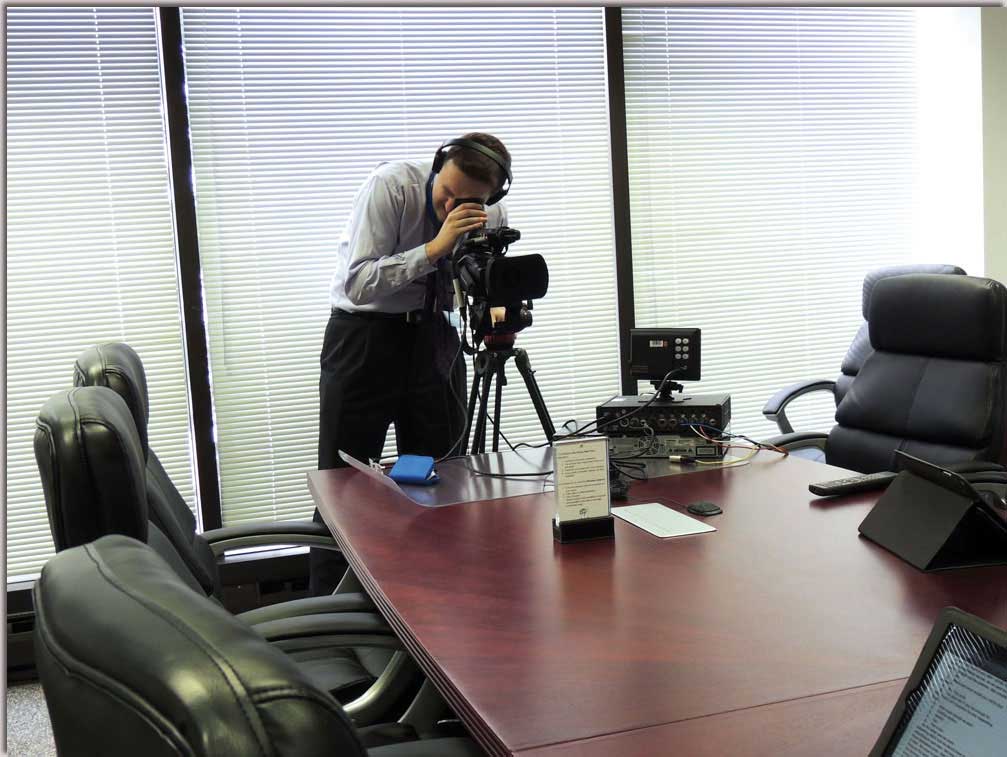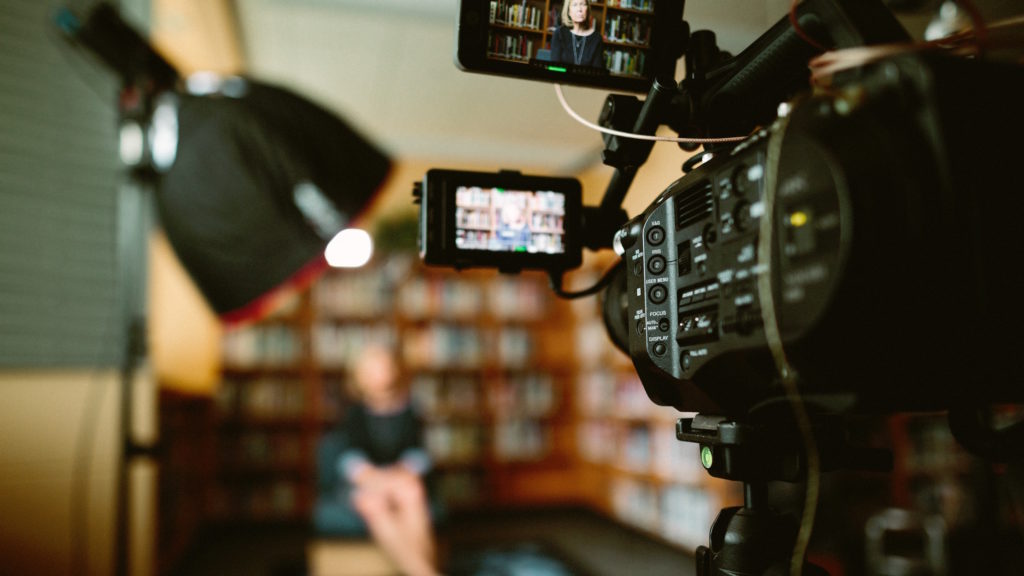How Legal Videography Has a Crucial Role in Modern Legal Practices
How Legal Videography Has a Crucial Role in Modern Legal Practices
Blog Article
Why Lawful Videography Is Vital for Accurate Court Recordings
The role of lawful videography in court setups can not be overstated, as it offers as an important tool for maintaining the integrity of court documents. The ramifications of integrating legal videography right into typical court practices elevate crucial inquiries concerning its more comprehensive effect on the legal system.
Importance of Visual Proof
In the realm of legal process, the importance of visual evidence can not be overemphasized. Aesthetic proof functions as a powerful tool in establishing truths, corroborating testimonies, and improving the general quality of an instance. This kind of evidence, which includes photographs, videos, and diagrams, can offer a substantial context that spoken descriptions typically lack, consequently supplying courts and courts a more clear understanding of the conditions surrounding a case.
Moreover, visual evidence aids in the retention of information. Human cognition is inherently visual, and people are much more likely to bear in mind and comprehend info provided in a visual format. In the courtroom, this can be important, as engaging visual evidence can sway opinions and strengthen the story provided by legal agents.
Furthermore, the usage of visual evidence can minimize misunderstandings and ambiguities that often arise from verbal exchanges. By providing a straight depiction of events, visual proof assists to get rid of subjective interpretations and fosters an extra unbiased exam of the truths. Consequently, the integration of aesthetic proof right into lawful procedures not only reinforces the honesty of the judicial process however also boosts the probability of accomplishing a simply result.
Recording Non-Verbal Cues
Making use of sophisticated videography strategies can dramatically boost the capture of non-verbal hints during lawful proceedings. Non-verbal communication, consisting of faces, body movement, and eye get in touch with, plays a critical function in conveying feelings and objectives that might not be clearly specified in spoken testimony. legal videography. Legal videography employs high-def cams and calculated angles to ensure that these refined cues are videotaped with clearness and precision
The capacity to evaluate non-verbal actions can supply valuable context to declarations made throughout court sessions. A witness's unwillingness or confidence can be translated via their posture or motions, possibly affecting the jury's perception of trustworthiness. In addition, making use of close-up shots can help concentrate on a speaker's expressions, allowing for a much more nuanced understanding of the statement.
Additionally, integrating several cam angles can produce a detailed sight of interactions, highlighting dynamics between parties involved. This multifaceted method not only enhances the accuracy of the court record but also aids in preserving the stability of the judicial process - legal videography. Eventually, capturing non-verbal cues with legal videography fosters a richer, much more total representation of court procedures

Enhancing Testament Dependability
The reliability of testament can be dramatically strengthened through making use of high-grade legal videography. Video clip recordings act as an unbiased medium that captures not only the spoken words of witnesses however also the subtleties of their distribution, including tone, pacing, and emotional expressiveness. This multifaceted paperwork provides a clearer understanding of the witness's credibility and intents, which can be pivotal in legal process.
Furthermore, lawful videography minimizes the capacity for false impressions that may emerge from composed records alone. When jurors can observe a witness's behavior and body movement in conjunction with their testimony, they are much better outfitted to assess the authenticity and integrity of the proof presented. This visual context can strengthen the testimonial story, making it more compelling and legitimate.
Additionally, the presence of a video recording can prevent possible inconsistencies in testimony. Witnesses may be much more careful in their declarations when they recognize they are being videotaped, leading to more precise and sincere accounts. Generally, high-grade lawful videography enhances the integrity of testimony, ensuring that the court has access to a complete and honest representation of the facts as conveyed by the witnesses.
Supporting Appeals and Reviews
Legal videography plays an important function in supporting charms and reviews by offering an extensive visual record of court room process. This aesthetic documents records not just the talked words of witnesses and lawyers however also the nuances of body movement, intonation, and courtroom characteristics. Such components can be essential see post in comprehending the context of statements and arguments offered.
In the appellate procedure, where the emphasis is on mistakes of regulation and step-by-step fairness, a video document can work as a crucial tool for appellate courts. It enables judges to assess the original trial context, making certain that choices are based upon a total understanding of the proceedings. The capacity to visually assess the temperament of witnesses or the communications between events can expose insights that created transcripts might ignore.

In addition, legal videography can assist in clearing up obscurities in statements or procedural rulings, thereby enhancing the basis for an allure. By providing a reliable, objective account of what websites taken place in court, legal videography not just sustains the stability of the lawful process however additionally equips all parties included to make enlightened decisions concerning their instances.
Enhancing Court Room Processes
Enhancing court performance, legal videography enhances processes by offering instant accessibility to aesthetic documents of proceedings. This technology enables judges, lawyers, and courts to take another look at critical testimony and evidence, making sure that all events have a clear understanding of the instance. By recording the nuances of verbal and non-verbal communication, videography improves the document, making it less complicated to grasp the context and weight of statements.

Additionally, video clip recordings can assist in remote participation in hearings, permitting for higher flexibility in organizing and participation, which is specifically important in intricate situations entailing numerous stakeholders.
Conclusion
In verdict, legal videography plays a vital duty in guaranteeing exact court recordings by offering important aesthetic evidence that catches both verbal and non-verbal interaction. This practice boosts the reliability of statements, supports appellate evaluations, and streamlines court room processes. By cultivating a detailed understanding of courtroom characteristics, legal videography inevitably contributes to a lot more equitable judicial results, reinforcing the honesty of the legal system and helping with informed decision-making.
Report this page